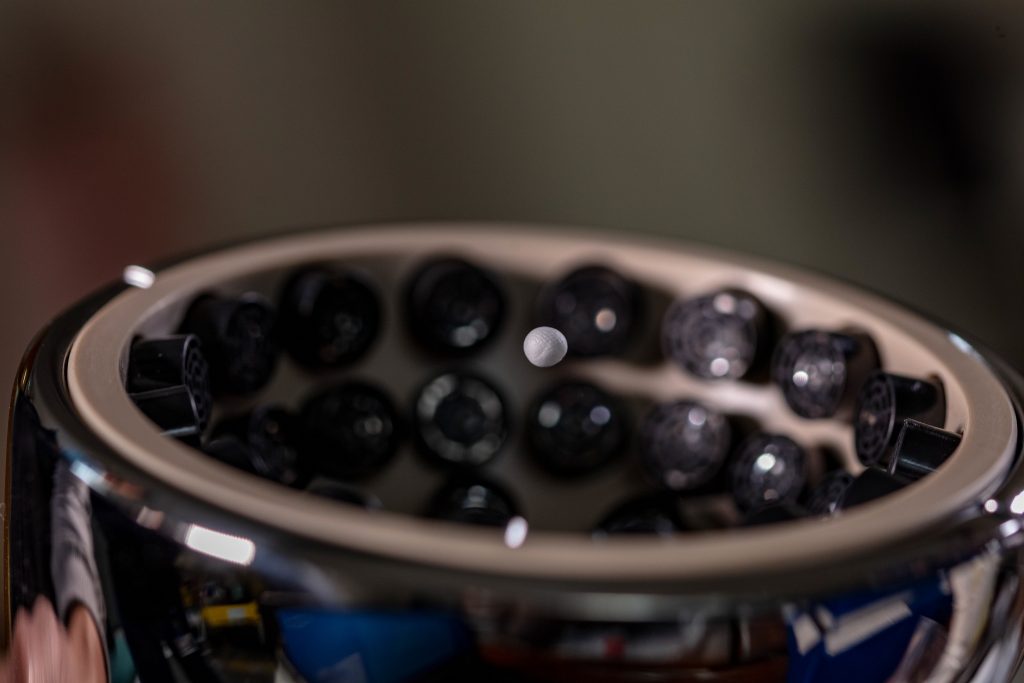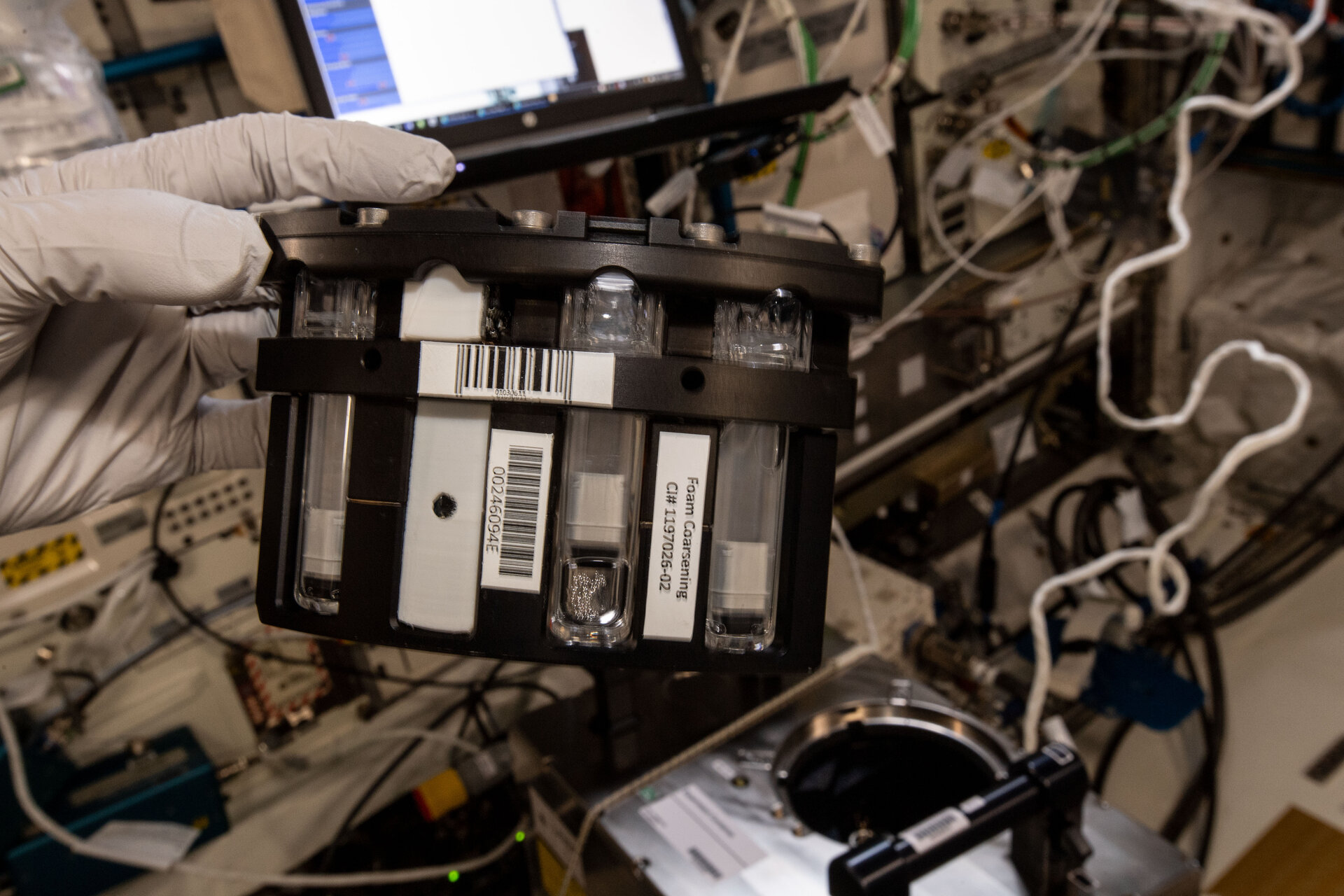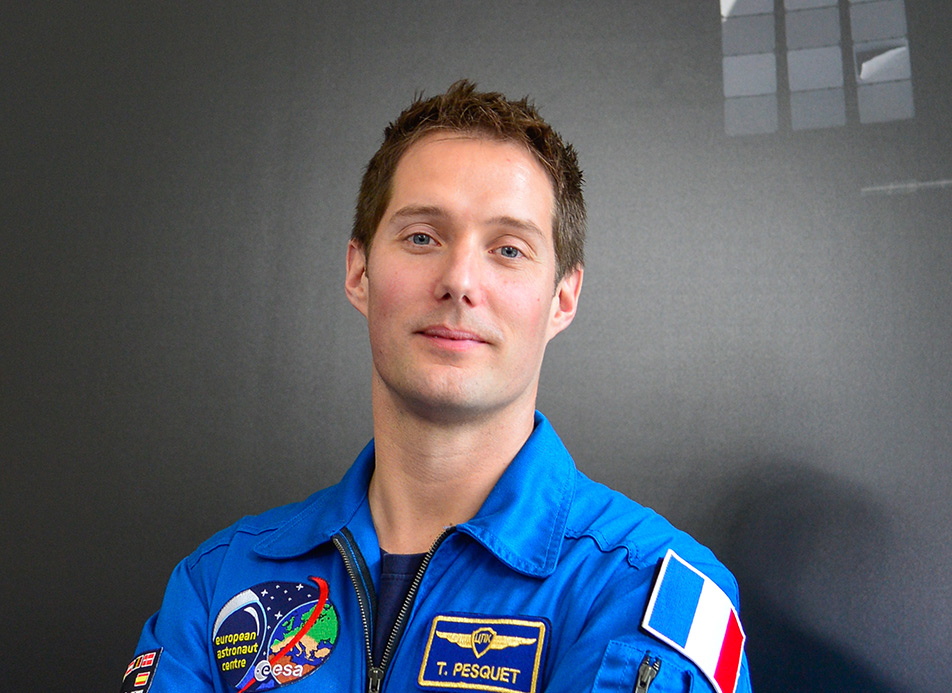The 22nd SpaceX Cargo Dragon was launched to the International Space Station on Thursday 3 June, sending tonnes of supplies and equipment to the seven astronauts orbiting our planet.
The spacecraft is packed with new ESA experiments and hardware. Parts and cables for the European Drawer Rack are being sent up as well as for Biolab. These facilities are in the European Columbus laboratory and house experiments offering power, storage and in the case of Biolab a full incubator and centrifuge to run biological experiments. Replacement cables and filters are in the Dragon hold.
Parts for the Patterns experiment is going to the Space Station. This experiment will be recording astronauts’ movement using accelerometers over multiple periods of 12 hours to see how they navigate. The goal is to see how they use their head, hips and bodies during normal activity and compare the data to before and after a spaceflight to record any changes.
Hardware for the second phase of the Pilote experiment is also on its way, this includes a new wireless VR headset, cables, batteries, remotes and a USB key. Pilote is testing if VR and force feedback joysticks could improve astronaut control robots from space.
Another Virtual Reality experiment is Immersive Exercise that will see ESA astronaut Thomas Pesquet and others use the Space Station’s bicycle while viewing routes on Earth. As astronauts are required to exercise two hours every day steps are being taken to alleviate the routine. At Thomas request one of the routes will be through the busy streets of Paris. The kit being sent up on SpaceX CRS-22 includes bicycle shoes, and transmitter batteries.

Ultrasonic Tweezer. Credits: CNES
The Ultrasonic Tweezers experiment is looking at manipulating objects using acoustics – in space. This French experiment aims to test the principle of moving objects without any physical interaction. An acoustic tweezer uses ultrasound to trap objects. By moving the sound beam it is possible to move an object with great precision. The Ultrasonic Tweezers experiment will evaluate how the technique can be used in microgravity to capture small plastic or glass marbles and move them over an obstacle course. Ultrasonic tweezers is a technology demonstrator that will stay on the International Space Station for use by scientists and astronauts to investigate other materials, gels and liquids and even hazardous materials or biological material without risk of contamination. Another use could be to capture water evaporation to better understand the physics at play. Other applications for the experiment lie in healthcare. Acoustic tweezers could be used to remove kidney stones or deliver targeted medicine.
The cargo vessel is also delivering new batches of samples for long-running experiments such as the Electromagnetic Levitator. This facilities heats metals and solidifies them in weightlessness to observe and ultimately improve the casting process on Earth. Many different types of metal alloys are being cast in space to learn the inner secrets of the process without gravity complicating the data.

Neuronal deterioration of worms during ageing
Two experiments on the late-cargo load list made their flight and are set to be run this week already: the UK-led second iteration of the Molecular Muscle experiment that is observing how worms adapt to weightlessness to understand muscle loss, and new samples of the Foam Coarsening experiment that is helping understand how foams form and break up.

Foam Coarsening samples. Credits: ESA/NASA



